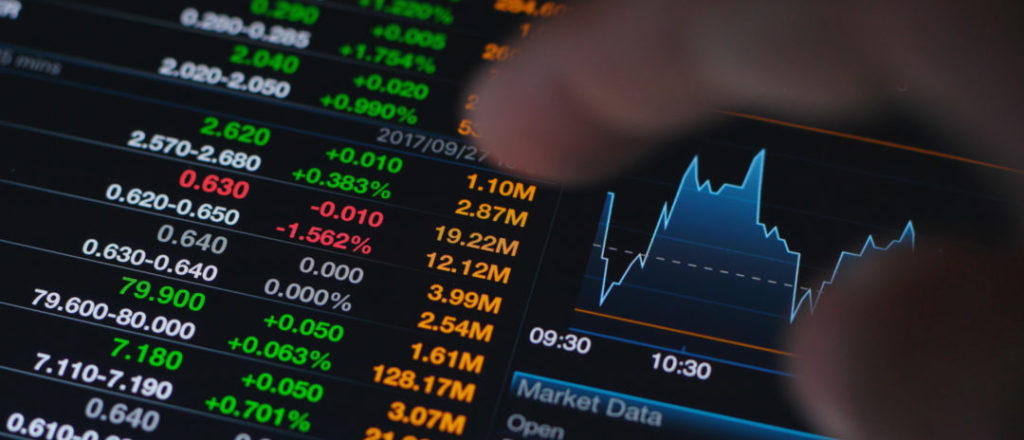

Source: Bloomberg
Corporate bond market participants should provide more granular data when they report trades to give dealers additional insight into their clients and investors a better understanding of where liquidity is, according to a report from research firm Greenwich Associates.
New standards are necessary as electronification intensifies the need for greater transparency, according to the report. The data could be categorized to show what kinds of counterparties are involved, as well as the degree to which a trade is electronic, wrote Kevin McPartland, the firm’s head of research for market structure and technology.
The proposal comes as a variety of market constituents aim to shine a light on what’s been a notoriously opaque corner of finance. The Fixed Income Market Structure Advisory Committee, which advises the Securities and Exchange Commission, proposed last week that the SEC adopt a uniform definition of electronic trading in corporate and municipal bond markets, which would avoid double-counting and standardize reporting across different venues, among other improvements.
“Everyone supports standards, but views on what that should include differ,” McPartland said in an interview.
Continued Evolution
While only about 30% of the U.S. corporate investment-grade market trades fully electronically, that’s still nearly triple the proportion in 2011, according to Greenwich. And it’s an even further cry from 2002 when Trace was established to facilitate mandatory reporting of over-the-counter secondary trading.
Two decades ago, trading platforms like MarketAxess Holdings Inc. and Tradeweb Markets Inc. were still in their infancy. But in the years since, new venues like Trumid Financial LLC have launched, and more are trying to break through as the marketplace continues to evolve.
“Trace was created for a bond market that wasn’t electronic and looks nothing like it does today,” McPartland said. “There’s been several Band-Aids over the years to account for these changes in market structure, but we’d like to see a fully revamped method of quantifying trades.”
Read more: Humans top bots in Covid crisis electronic bond-trading test
Greenwich proposes reporting standards that classify trades according to four separate categories: counterparty interaction, trade type, electronic, and protocols. Transactions would be assigned one value per category, such as identifying a trade as retail if at least one counterparty is a wealth manager or private bank.
Trade type would delineate by size as well as portfolio trades, where traders can buy or sell hundreds of bonds in one go. Another identifier would determine if a transaction was fully electronic or had some voice component as well.
While McPartland says the industry as a whole is generally supportive of standards, market participants have differing views as to how much transparency is helpful. A Financial Industry Regulatory Authority proposal last year that would have delayed disclosure of the biggest corporate bond trades stalled amid strong opposition that questioned whether the rule would benefit parties fairly.
The additional data that Greenwich proposed, if adopted in some form, may not even be needed in real-time or on a daily basis, but could be helpful if reported in monthly or quarterly figures that publicly-traded platforms like MarketAxess and Tradeweb regularly publish, McPartland said.


